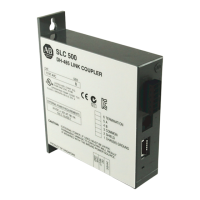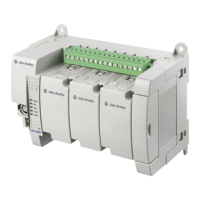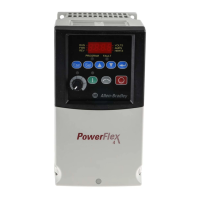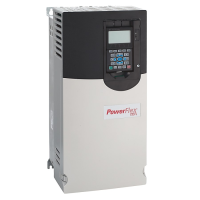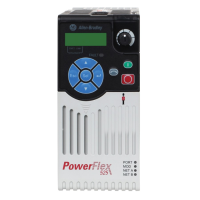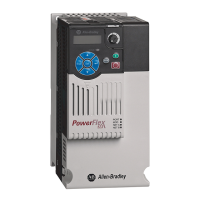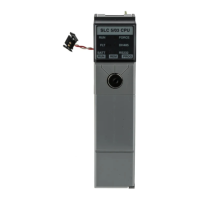How to troubleshoot Allen-Bradley ArmorStart 290E when PWR LED is off?
- DDanny CookAug 2, 2025
If the PWR LED on your Allen-Bradley Controller is not illuminated, verify that the power is connected and with the proper polarity.
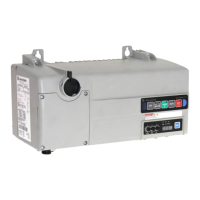
How to troubleshoot Allen-Bradley ArmorStart 290E when PWR LED is off?
If the PWR LED on your Allen-Bradley Controller is not illuminated, verify that the power is connected and with the proper polarity.
How to reset protection fault on Allen-Bradley Controller?
If a resettable protection fault exists on your Allen-Bradley Controller, verify the fault by reviewing [TripStatus] Parameter 16 and [TripLog0…4] Parameters 18…22. Correct the fault and press the blue reset button.
What to do if Allen-Bradley ArmorStart 290E Controller shows 'Duplicate IP address detected'?
If your Allen-Bradley Controller detects a duplicate IP address, check for a node address conflict and resolve it.
What to do if Allen-Bradley Controller shows 'No link established'?
If no link is established on your Allen-Bradley Controller, verify the network connection.
What to do if RUN/FLT LED is not illuminated on Allen-Bradley ArmorStart 290E Controller?
If the RUN/FLT LED is not illuminated when a Run command has been issued on your Allen-Bradley Controller: 1. Verify that the PLC is in Run mode. 2. Verify that the correct run bit is being controlled. 3. Verify that a stop condition does not exist.
What to check if CIP connections are not established on Allen-Bradley Controller?
If an IP address is configured, but no CIP connections are established, and an Exclusive Owner connection has not timed out on your Allen-Bradley Controller, check to make sure the product is properly wired and configured on the network.
| Brand | Allen-Bradley |
|---|---|
| Model | ArmorStart 290E |
| Category | Controller |
| Language | English |
Details on safety warnings, cautions, and important notes for product usage.
Information on contacting support for initial help during product installation.
Information on product compliance with EU directives.
Details on the ArmorStart LT's features, capabilities, and integrated architecture.
Lists the key features and benefits of the ArmorStart LT.
Details on EtherNet/IP support, dual port switch, and Device Level Ring (DLR).
Details on control circuit wiring and power supply options.
Explanation of protection faults (trips) and their reporting formats.
Describes keypad operation modes: maintained vs. momentary.
Essential statements to read and understand before installation.
Fuse and circuit breaker requirements for ArmorConnect media.
Ensuring all metalwork is at the same ground potential for safety.
Understanding IP addressing, classes, and formatting for network nodes.
Procedure for manually setting network address switches on the ECM.
Configuring e-mail alerts for warnings and trip messages.
Details on using AOPs for simplified configuration and tag generation.
Minimum configurations required for Bulletin 290E/291E or 294E without AOP.
Overview of the chapter describing programmable parameters.
Setting the motor's full load current rating.
Determines if an I/O point is configured as an input or output.
Explanation of status LEDs and the reset button for diagnostics.
Details on protection faults (trips) and their reporting formats.
Table correlating LED status with recommended actions.
Explanation of auto-reset capabilities for drive faults.
Electrical and mechanical specifications for Bulletin 290E/291E.
Detailed ratings for digital and analog inputs.
Specifications for EtherNet/IP, DeviceNet, web server, and network connections.
Detailed ratings for power circuit and variable frequency drive functions.
Explains how to use ArmorStart LT in multiple-motor branch circuits per NFPA 79.
Overview of ArmorStart LT EtherNet/IP as an extension of DeviceNet.
Overview of DeviceLogix as an embedded Boolean program within ArmorStart LT.
Step-by-step example of programming a simple start/stop logic routine.
Contacting support for initial help during product installation.

